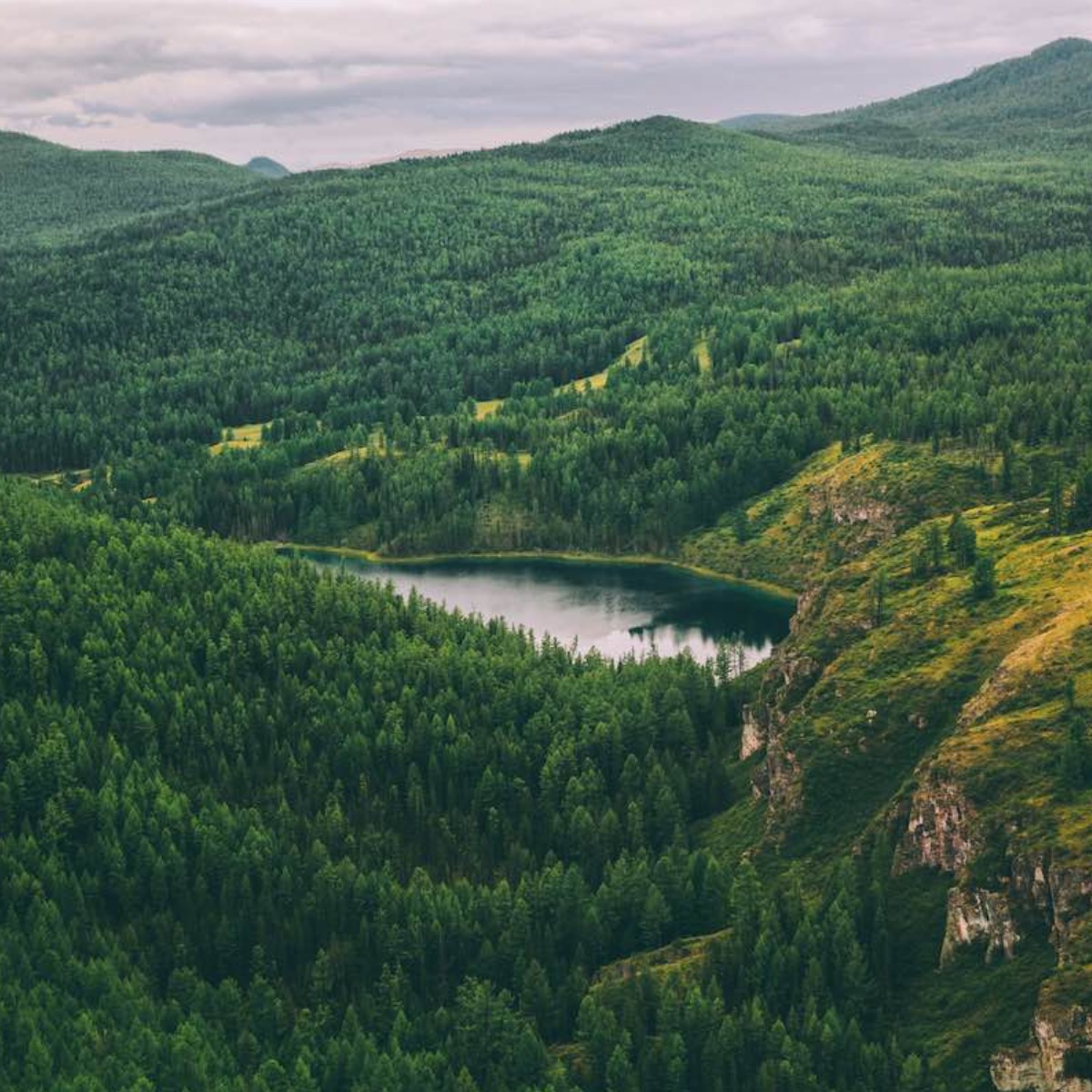
Los cirujanos del corcho
3.000 jornaleros luchan por producir cada verano el 30% del corcho mundial en un negocio acechado por la crisis
Corta el viento y el corcho con la precisión de un cirujano. Golpes sordos, acompasados y precisos rompen el ascético silencio del Parque Natural de Los Alcornocales (Cádiz). Ni un corte más, ni uno menos. Con su afilada hacha, Juan José Gallego dibuja una línea vertical perfecta en el árbol. “Es una prolongación de mi brazo. Siento cuando ha llegado al tronco”, explica el capataz. Con la empuñadura hace palanca y el corcho de desprende. En no más de 10 minutos ha acabado con el alcornoque. Pasa al siguiente. El ritmo es agotador. Gallego, de 36 años, dirige una cuadrilla de 14 hombres que, durante dos meses en verano, trabaja en la saca del corcho en Cádiz.
A lo largo de la geografía española, son hasta 3.000 trabajadores los que emplea este sector, tradicional y amenazado, pero que es capaz de producir 62.700 toneladas, el 30% de la producción mundial, y colocar a España como el segundo productor del mundo tras Portugal.

IT MAY INTEREST YOU
 Why are houses in the United States?
Why are houses in the United States?
In several regions of the United States, houses are still made of wood. I discovered what is the true reason why this is still so.
 Germany | With more than 1,337 exhibitors and innovations for the wood industry, it will open in May in Hannover Ligna 2025
Germany | With more than 1,337 exhibitors and innovations for the wood industry, it will open in May in Hannover Ligna 2025
While visitors begin to plan their visits to the fair in the coming weeks, the exhibitors and organizers of the Ligna 2025 are entering the final stretch of the preparations. The world leader for the carpentry industry and wood processing, jointly organized by Deutsche Messe and the VDMA Woodworking Machinery in Hannover, will celebrate its 50th anniversary in 2025.
 25 -year study states that forests with five tree species capture 57% more carbon compared to monocultures
25 -year study states that forests with five tree species capture 57% more carbon compared to monocultures
Mixed forests store more carbon and strengthen the fight against climate change forests play a fundamental role in carbon capture and storage, which helps reduce the speed of global warming. However, not all forests have the same capacity for carbon absorption and retention. A recent study of the University of Friburg has shown that mixed forests, those that contain various tree species, are significantly more efficient in carbon capture than monocultures. These findings reinforce the importance of promoting forest diversity as a key strategy against climate change.




















